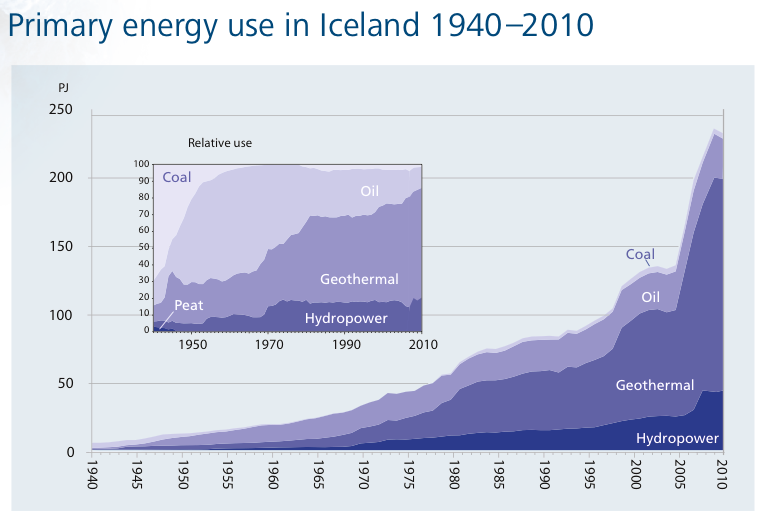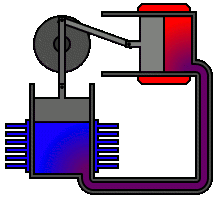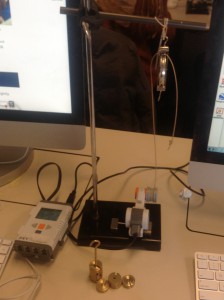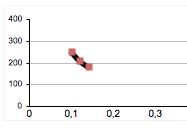Geothermal energy is created from high level of hot temperature from the ground extracted to produce heat and electricity. One of the most active countries that use the geothermal process is Iceland. Iceland is known to be located near volcanic structures and high dense places made it easier for them to produce electricity through that system. According to Wikipedia, geothermal heating meets the heating and hot water requirements of about 87% buildings in Iceland. So it is proven that geothermal is a good enough source of energy to help meet the needs of Iceland population and other hot places around the world. Although this system may have being use to meet the requirements of the population and is also a good source of energy, however with all the goods, there are a few down sides to the system as well that I will enlighten in the paragraphs below.

Application
First lets talk about the process of which geothermal energy is produced. We already know that we used high temperatures coming out from the earth itself. Then water are put into big reservoirs along with he heat create steam and hot water that later transform into electricity. According to Wikipedia, there is a pump system that uses the constant temperature to heat up a home in the winter, then extract left over heat from the building and transfer it back to the ground in summer time.
So now we know we have an understanding of how the system works. So let me share with you the good and bad about the system that limit its production to certain capacity.

Pros and cons of geothermal energy
Pros
- It does not create or contribute big amount air pollution due to its process of using heat transfer back and forth.
- It has great potential energy and has about an estimate of 2 terawatts (TW).
- It can be use for either heating and cooling
- The extraction of heat to produce electricity doesn’t require fuel, so it is less expensive and stable economically.
- It is available everywhere, as we know all of the earth has heat internally.
Cons
- It can lead to earthquakes in some cases.
- Geothermal power plants and geothermal heating/cooling systems are very expensive to build.
- As we know, it is more effective in certain places than others, places like Boston wouldn’t benefit much from it.
So even though geothermal energy is a great source of energy and could produce enough electricity as many other systems. It also has it share of problems we have to face and preventing us from solely depending on a system like geothermal. However, It is 95% better than coal in term of environmental issue and problems.
http://energyinformative.org/geothermal-energy-pros-and-cons/
http://environment.nationalgeographic.com/environment/global-warming/geothermal-profile/











